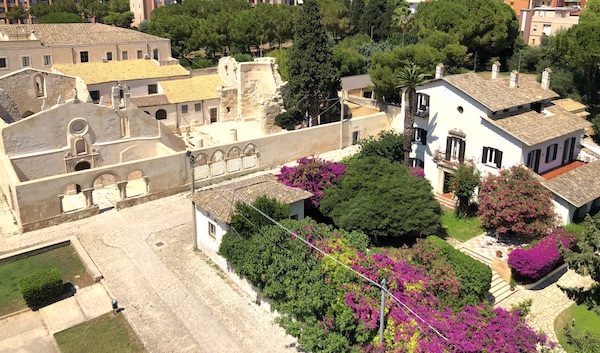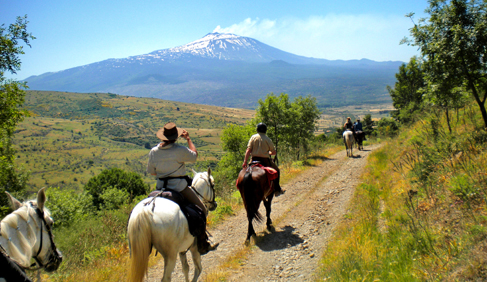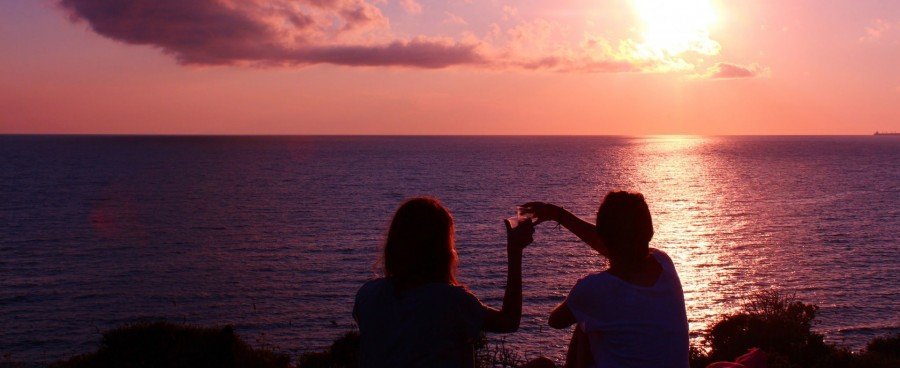
10 HIDDEN JEMS IN SIRACUSA

#2 – The Ten Hidden Jems in Siracusa: the Neapolis Park and Latomie del Paradiso
We just had to include this site on our list of the ten most enchanting places in Siracusa. This is one of Italy’s most appreciated archeological parks and it’s called Neapolis Park (Neapolis meaning “new town” in Greek”).
Once you get your ticket from the “Casina Cuti” ticket office (and having walked through the many souvenir shops that pave the way), you’re ready to make your way through a place which is just so replete with history that it might give you a headache; if you are willing to visit the whole park be aware of one fundamental rule: you are entering a timeless place, so take your time and do not rush. Yes, because the Neapolis Park doesn’t simply offer an enjoyable visit, but an historical and naturalistic full-immersion experience that will awaken all of your senses.
Following this experience you will surely grasp why Siracusa was one of the most prominent Greek poleis of all times; the Neapolis Park is located in the homonimus modern neighborhood and it used to be the very heart of the ancient polis. It is important to know that in the 5th century BC Siracusa was so large that it was divided into 5 boroughs (Ortygia, Tyche, Epipoli, Neapolis, and Acradina) all of which were self-sufficient.
Our first suggestion for a perfect visit is to go early in the morning (if possible), because that’s when the eastern side of the park is also open, which where the path is found that leads from the Latomie di Santa Venera all the way to the Necropolis (literally “burial city” – which we will discuss later).
The path through the site:
The first thing to visit in the park is the Roman Amphitheatre (1st century AD), the third biggest of its kind in Italy. Its majestic appearance is still perfectly intact today. It is possible to walk around the entire length of the Amphitheatre, which will allow you to enjoy completely different perspectives. The majestic structure is partially made of rock and it takes advantage of the hilly slope. The roof was removed by Duke Serradifalco in 1839. On the north side you may notice some cracks on the rocky steps made by rainwater; this happened because of the drainage channels serving a street that used to run over the amphitheater.
Having been charmed by this monumental Roman piece of work, it’s now time to walk down the main path; this is where the Greeks start to dominate. So on your left hand side you will come across another huge monument, the few remaining ruins of which hardly convey the idea of its original grandness: we’re talking about the Altar of Hiero (466 BC), an enormous sacrificial altar built by the tyrant Hiero I of Syracuse. This is where celebrations in honor of Zeus Eleutherios (Liberator) used to be performed. It was so big that more than 450 bulls could be sacrificed at once. All that’s left of this monument is the entire base which testifies to its impressive size (636 x 72 ft.). It’s the biggest sacrificial altar ever to have been built.
Looking over to the right hand side we can see the very essence of the park: the Latomie Del Paradiso. The word latomia comes from the Greek words for stone and cut, and it indicates open-air jails which were full of prisoners and slaves back in the 5th century BC. The inmates used to work in the caves to extract calcareous rock, which used to be used for almost all works of construction back in those days. This was a real ancient death place which reached at its fullest capacity after the battle between Sparta and Siracusa in 415-414 BC. In those days those humid caves – saturated with heavy dusts – were the inhospitable home of over 20,000 prisoners.
We can find a lot of latomie in Siracusa. There are 12 all over the town: the smallest ones have been since swallowed by the modern town, but it’s still possible to visit some of them: Latomie del Paradiso, Santa Venera , Intagliatella – inside the park – and the Latomie dei Cappuccini.
The latomie are such a sight: majestic cruelty that scares, feelings that are perfectly conveyed by the ear-shaped cave whose acoustics are so peculiar that Caravaggio nicknamed it “Dionysius’ ear”. This cave is yet another rock mine but, because of its particular shape, legend has it that the town’s wicked and paranoid tyrant Dionysius used to overhear his prisoners’ conversations from the top of the mine and then punish those who plotted against him.
Dionysius’ Ear is captivating, your words will echo and with the help of a torchlight you’ll see the signs left in the rock by the old scaffoldings.
It’s now time to visit the Greek Theater (it is necessary to go through another ticket office and show the same ticket you’ve already purchased). The Greek theater lies on the Colle Temenite; a wooden staircase will take you to the top, where you’ll enjoy a great view: on your right hand side you can still see the Latomie del Paradiso deep in the green scrub, and on your left the magnificent Greek Theater; its calcareous white seems to shine by its own light.
The theater in Siracusa was and still remains one of the largest Greek theaters in the world. It used to seat about 15,000 people (more than three times its current capacity) and it extended over the entire hill. In this place of unspeakable beauty the play writer Aeschylus staged tragedies such as The Women of Aetna (now lost) and The Persians.
Above the theater you will see some small caves which archaeologists think were used as tombs. The small building on the top of the hill dates back to the late 1800’s.
There is no estimated duration for the visit of the entire archaeological area. You should take as much time as you need. Here are some essential suggestions for a perfect visit:
– It can be hot in the summer so it’s best to take a hat and plenty of water.
– Hold on to your ticket until you have entered the Greek theater.
– Wear comfortable shoes.
– Avoid going off the suggested path. The area is under surveillance.
Opening times:
From April 1st and throughout the summer: 9 AM to 7:15 PM. When classical plays are on (in May and June), the park doors shut at 5 PM.
Full-price ticket: €10. Reduced (18-25 year-olds): €5.
Combined ticket (includes entrance to the Museum of Paolo Orsi): €13.50 (full price), €7 (reduced).
Combined ticket (includes entrance to the Museum Bellomo): €13 (full price), €7 (reduced)
















